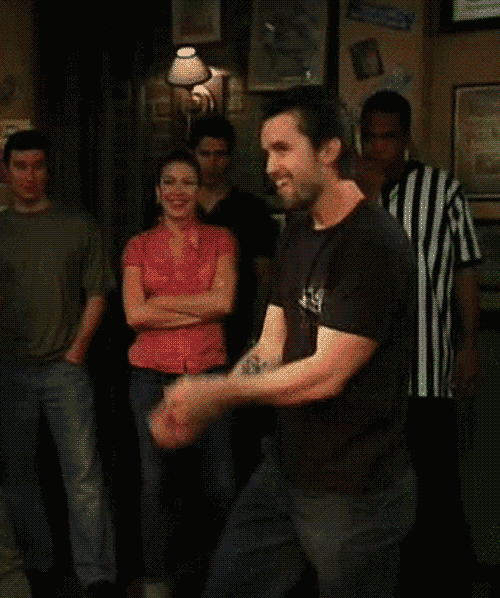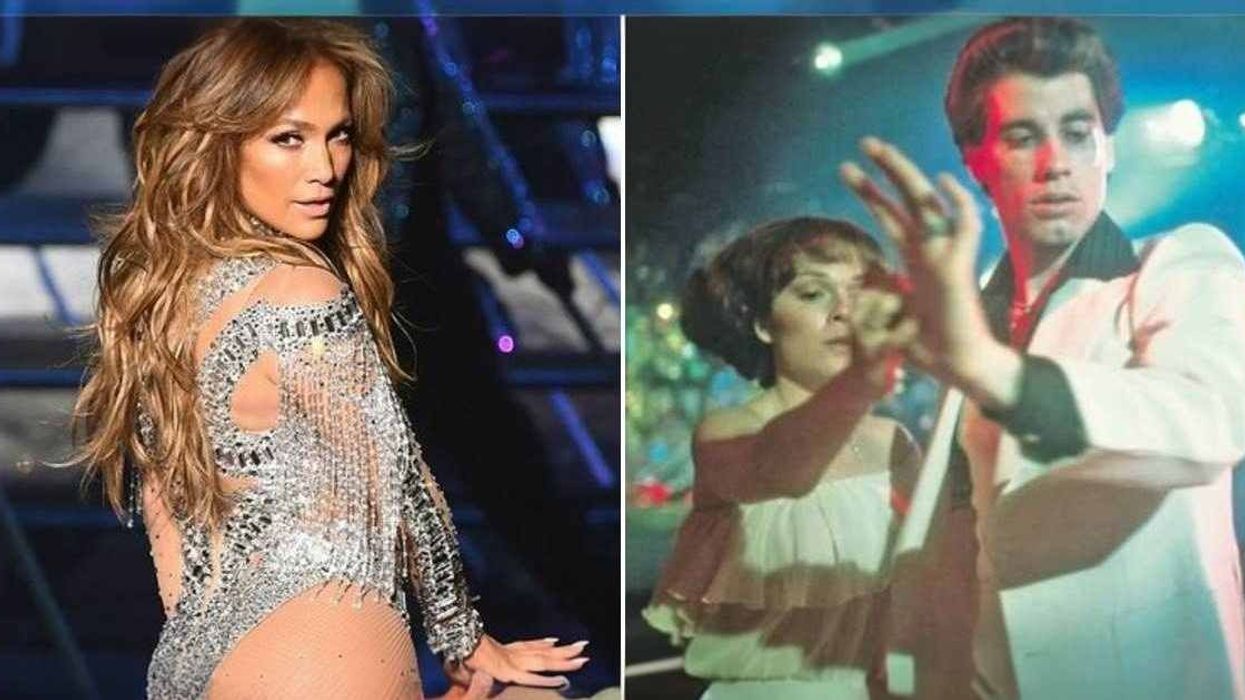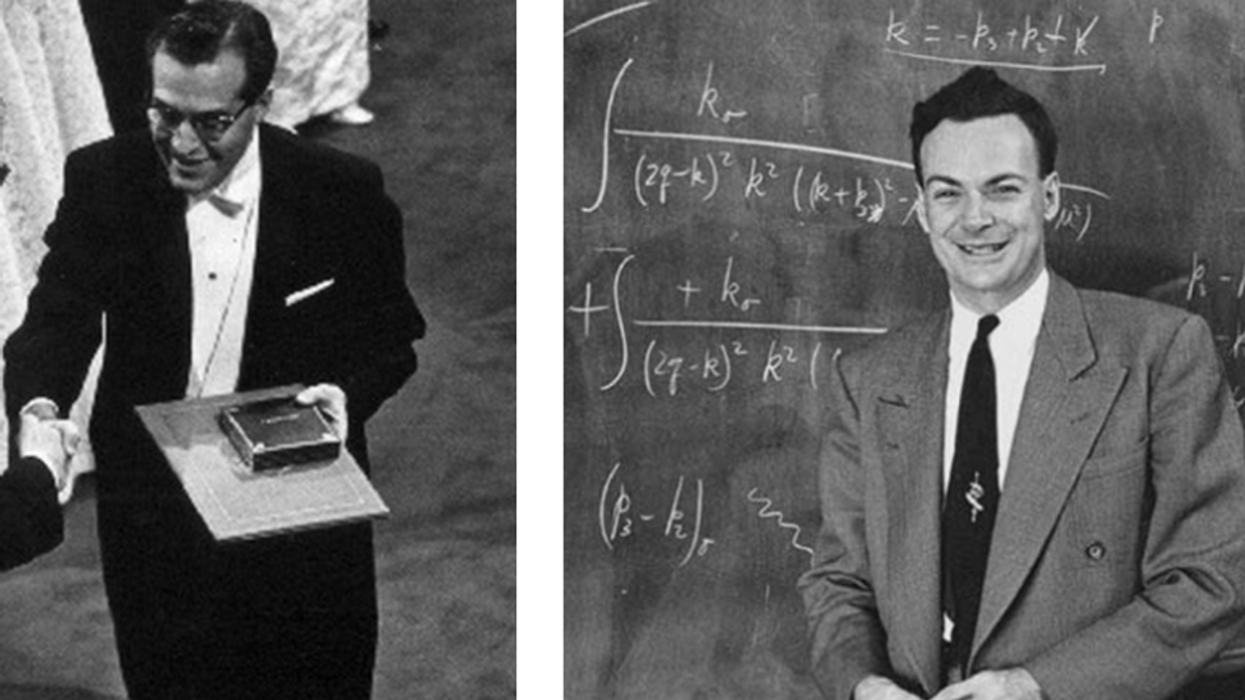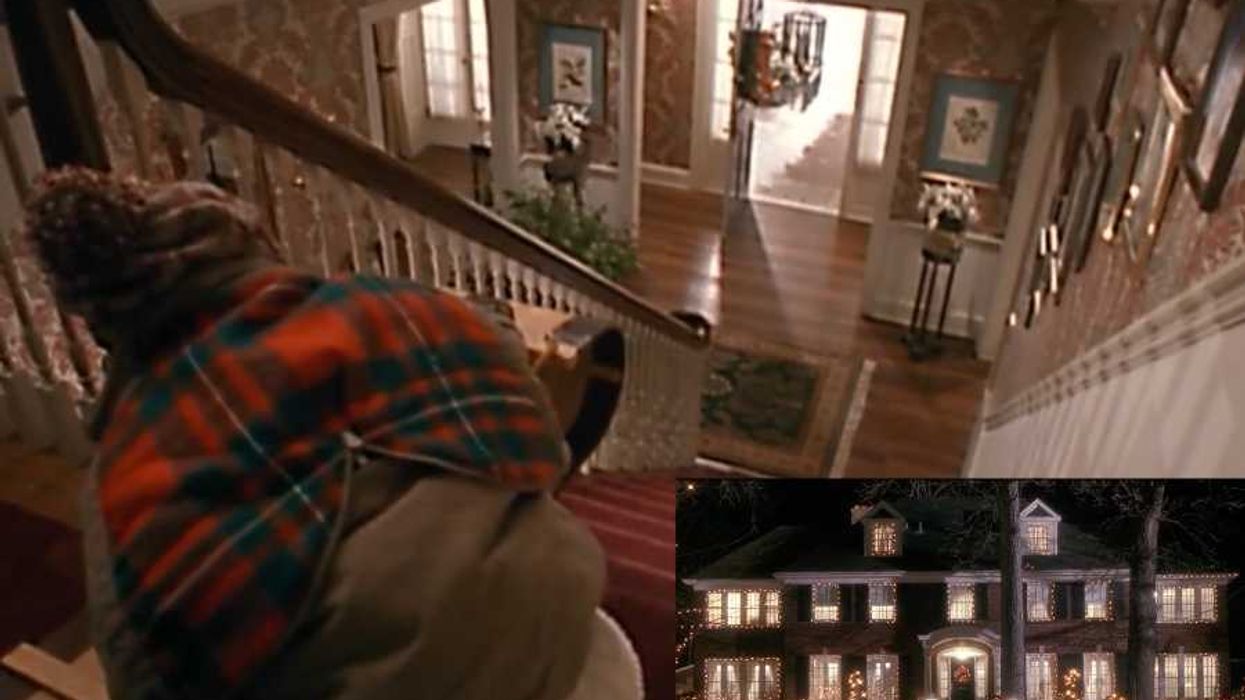There are multiple reasons why we find certain people attractive. It's usually a mishmash of personality, physical features, and how they make us feel when we're around them.But on a deeper level, most of these reasons can be linked to evolution. Many of the traits we find attractive are indicators of health, virility, fertility, social status, intelligence, and social competence.
Dance is a way humans have attempted to attract one another since the dawn of time. Two recent studies have shown that heterosexual men and women have distinct preferences in the type of dancing they find attractive. Their findings can help us determine whether we should be strutting our stuff on the dance floor or taking our chances striking up some conversation at the bar.
A study by Psychologists at Northumbria University in Newcastle, England used computer-generated avatars to uncover the secret to what makes a man a good dancer, according to heterosexual women.
The researchers recruited 19 men, attached reflectors to their clothing, and had them dance to German dance music. The researchers created faceless avatars of the dancing men and turned them into 15-second clips.
"Men all over the world will be interested to know what moves they can throw to attract women," psychologist Nick Neave said. "If a man knows what the key moves are, he can get some training and improve his chances of attracting a female through his dance style."

Researchers discovered that women tend to be drawn to men who move their upper bodies, use a lot of space, and vary their movements. (So apparently manspreading is ok, if it's on the dance floor.)
They also noted a bizarre preference for men who used faster bending and twisting movements of their right knee.
- YouTubewww.youtube.com
The researchers believe that it's because 80% of all people are right-footed, so most people "are putting their weight on their left leg and using that leg as an anchor while the right can do more fancy things," Neave suggested. "It is a bit of an odd finding, so we need more studies to see if this feature is replicated."
Psychologists in the U.K. measured what heterosexual men find attractive on the dance floor by asking 39 female college students to dance to a Robbie Williams song.
Like the men, motion capture was used to create a faceless avatar that ensured the women were judged by their dance moves, not other attributes.
Here's the type of dancing that the men weren't feeling.
This article originally appeared two years ago.
Here's the type of dancing the men found attractive.
Caption: Example of an avatar of a female rated as a ‘good dancer’Credit: Northumbria UniversityThe men preferred women who included bigger swings of the hips and asymmetrical leg movements—meaning the two legs were moving differently. They also liked medium levels of asymmetric arm movements.
The researchers believe that the hip-swinging was deemed attractive because it could be a sign of fertility. They also remarked that arm movement was fine "so long as this limb independence does not verge into uncontrolled pathological movement," the paper notes.

So none of this.
The studies are a good jumping-off point for those of us who want to appear competent when strutting ourselves in front of the opposite sex. But they shouldn't be seen as the definitive word on how to boogie.
Plus, the study doesn't even touch upon those who are looking to entice someone who isn't heterosexual.
"Dance is strongly influenced by culture," says Neave, "so there may be some cultural differences in specific movements or gestures."
More on Good.is
Studies show that doing good makes you more physically attractive - GOOD
Stay or go? Here are the relationship factors people ponder when deciding whether to break up - GOOD
This Chart Shows How Old Americans Were When They Lost Their Virginity - GOOD

















 A hand holds multiple lottery ticketsCanva
A hand holds multiple lottery ticketsCanva Hundred dollar bills spread outCanva
Hundred dollar bills spread outCanva
 Some intense thinking.Photo credit:
Some intense thinking.Photo credit:  People support a distressed woman.Photo credit:
People support a distressed woman.Photo credit:  Smart guy with an idea.Photo credit:
Smart guy with an idea.Photo credit: 
 A subterranean waterfallCanva
A subterranean waterfallCanva



 The Emergency Department.Photo credit:
The Emergency Department.Photo credit:  Little girl with a splinter.Photo credit:
Little girl with a splinter.Photo credit:  Woman on phone after car accident.Photo credit:
Woman on phone after car accident.Photo credit: 
 A hotel clerk greets a guestCanva
A hotel clerk greets a guestCanva Gif of Faye Dunaway' as Joan Crawford demanding respect via
Gif of Faye Dunaway' as Joan Crawford demanding respect via  An empty rooftopCanva
An empty rooftopCanva